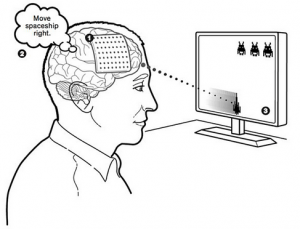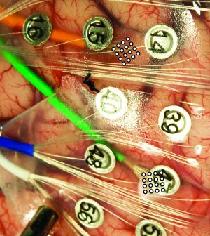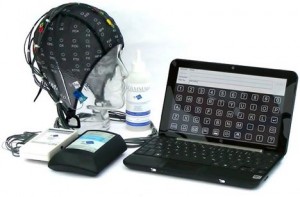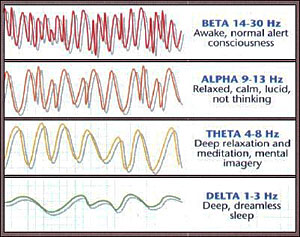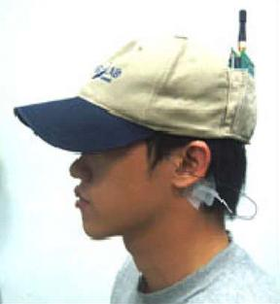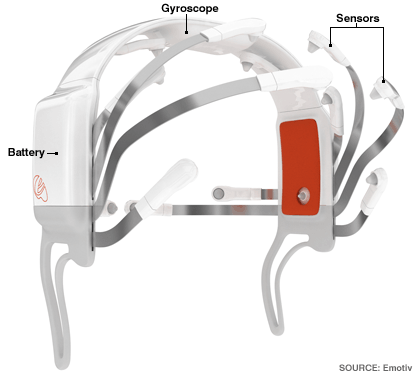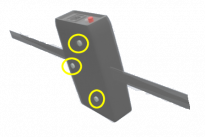 The recent Time Magazine article Thought Control (subscription required) describes what is essentially another brain-computer interface. What's novel about this device is that the EEG signal is monitored from dry electrodes on the arm or leg. The BodyWave® Brain Wave Monitoring (pdf) system developed by Freer Logic claims to allow measurement of brain wave activity away from the head:
The recent Time Magazine article Thought Control (subscription required) describes what is essentially another brain-computer interface. What's novel about this device is that the EEG signal is monitored from dry electrodes on the arm or leg. The BodyWave® Brain Wave Monitoring (pdf) system developed by Freer Logic claims to allow measurement of brain wave activity away from the head:
BodyWave simply views brain energy as a field, collects the field energy as if the brain were a radio tower broadcasting from the brain and through the body.
For the purposes of teaching "stress control, increase attention, and facilitate peak mental performance", this may well be an adequate method. Not having to wear the more traditional EEG head gear is certainly an advantage. Providing reliable control of computer interaction tasks via either "mind reading" method is not likely to happen any time soon (see Turning the Mind into a Joystick).
